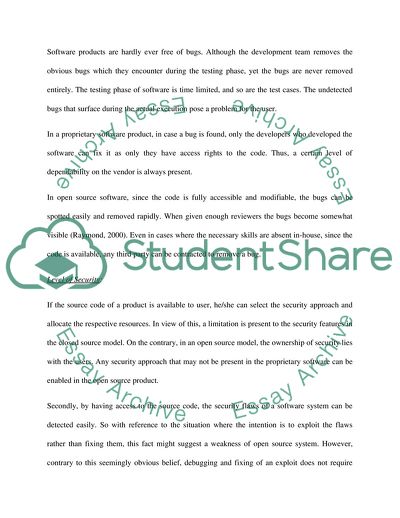Cite this document
(The Distribution of Software Report Example | Topics and Well Written Essays - 1250 words, n.d.)
The Distribution of Software Report Example | Topics and Well Written Essays - 1250 words. https://studentshare.org/information-technology/1772471-open-source-software-vs-closed-source-software
The Distribution of Software Report Example | Topics and Well Written Essays - 1250 words. https://studentshare.org/information-technology/1772471-open-source-software-vs-closed-source-software
(The Distribution of Software Report Example | Topics and Well Written Essays - 1250 Words)
The Distribution of Software Report Example | Topics and Well Written Essays - 1250 Words. https://studentshare.org/information-technology/1772471-open-source-software-vs-closed-source-software.
The Distribution of Software Report Example | Topics and Well Written Essays - 1250 Words. https://studentshare.org/information-technology/1772471-open-source-software-vs-closed-source-software.
“The Distribution of Software Report Example | Topics and Well Written Essays - 1250 Words”. https://studentshare.org/information-technology/1772471-open-source-software-vs-closed-source-software.


